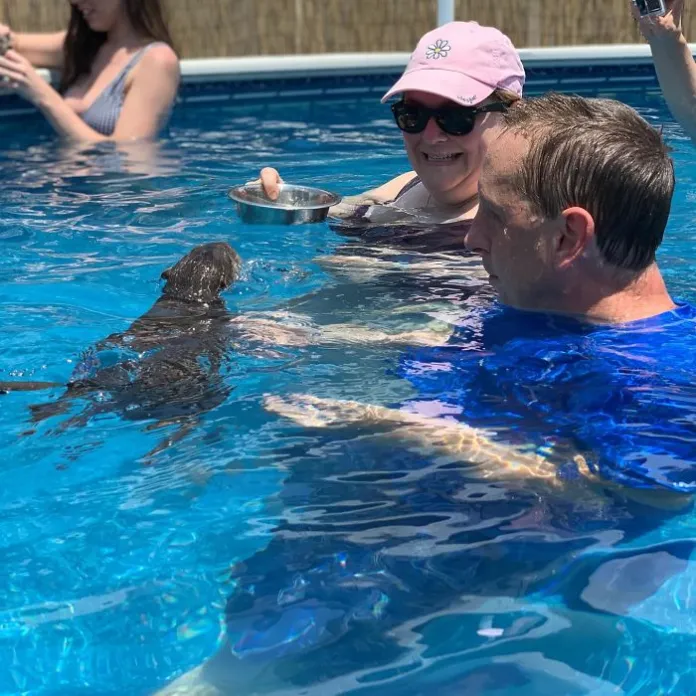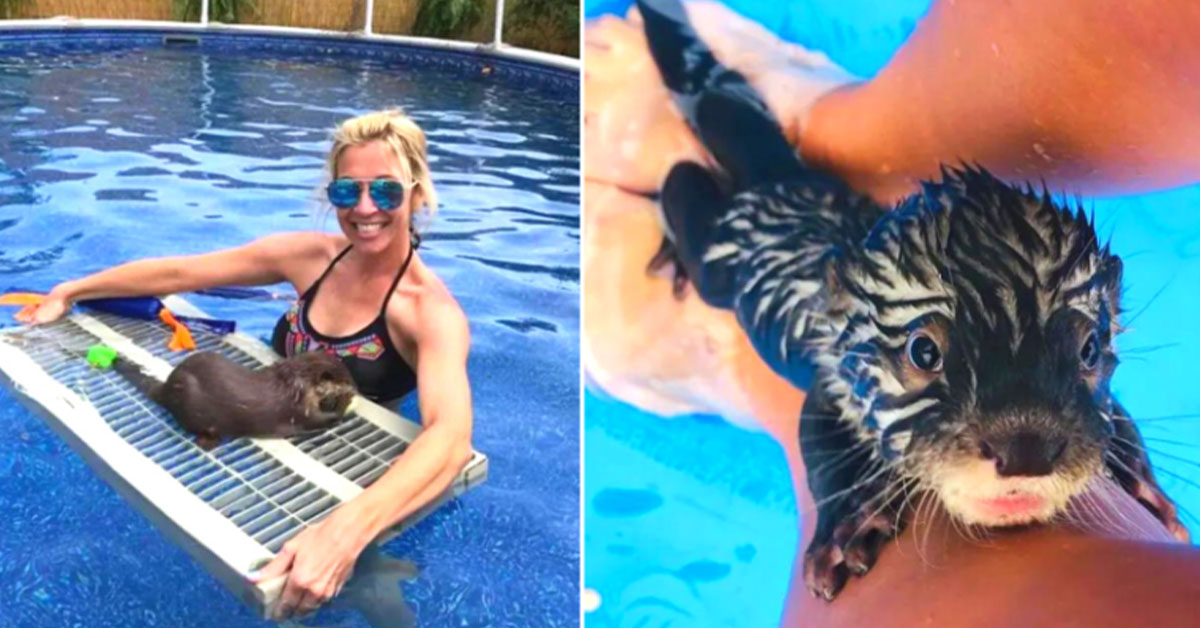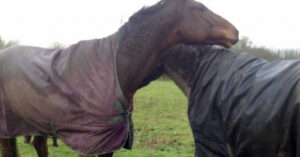The Asian small-clawed otter is the smallest otter species in the world. It lives in South and Southeast Asia’s mangrove swamps and freshwater ponds. They live in villages with lots of family members, and only the alpha pairs get together.
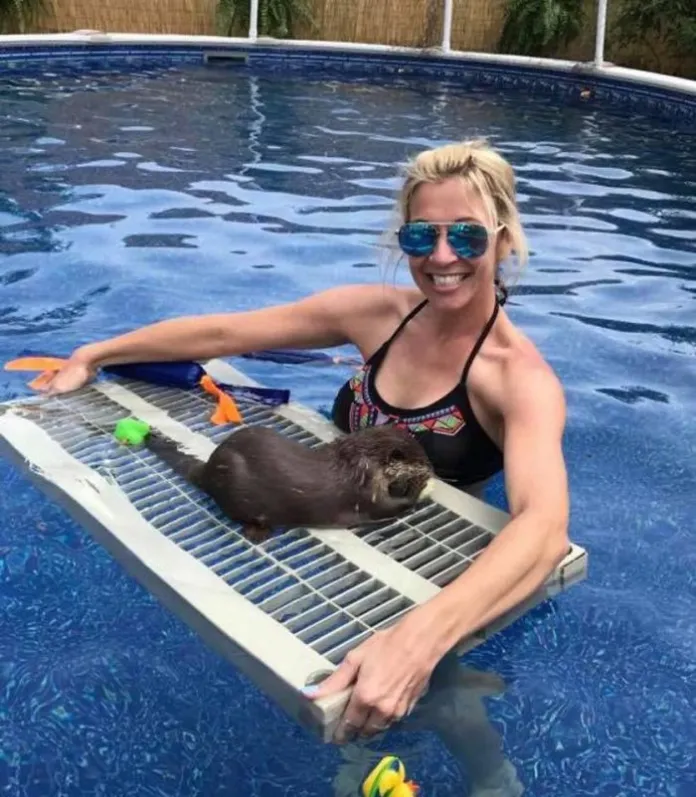
Barn Hill Preserve sets up guided trips. Tourists are told to hang out with sloths and play with otters. If you are stressed because you work long hours or because of something else, ask yourself, “What can I do to calm down?” The answer is to hang out in a pool with Asian small-clawed otters. But you have to be at least 16 years old to do that.
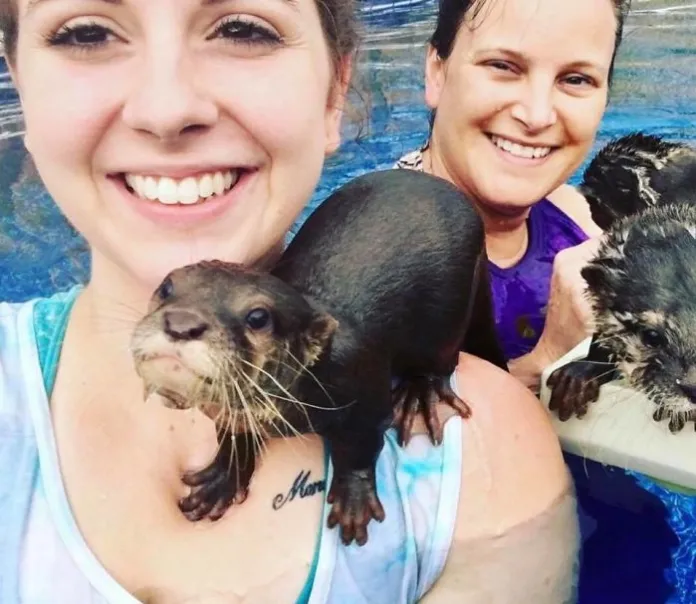
“We are a building in Ethel, Louisiana, that has a government licence. The President/CEO of Barn Hill Preserve, John ‘Gabe’ Ligon, told Bored Panda that the otter swims they offer aren’t very common.
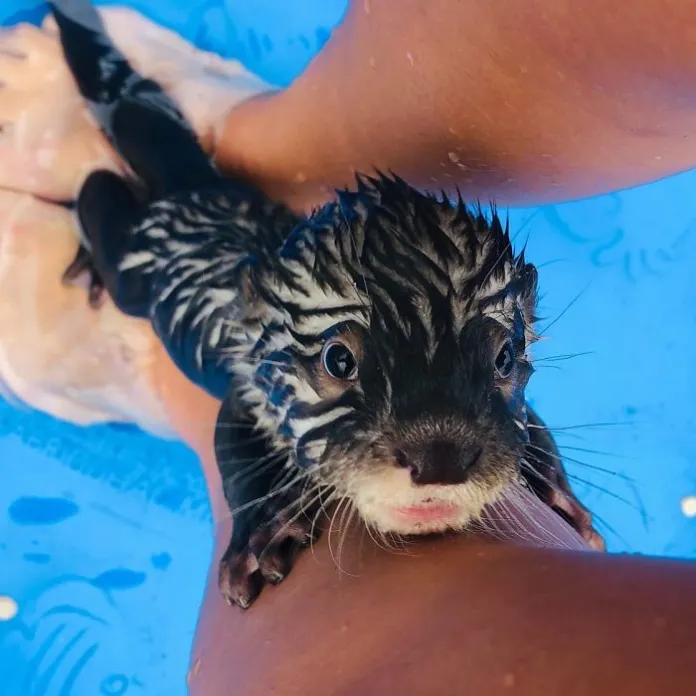
“The swim experience includes a preserve tour, which has African servals, red kangaroos, and a climate-controlled sloth exhibit.”
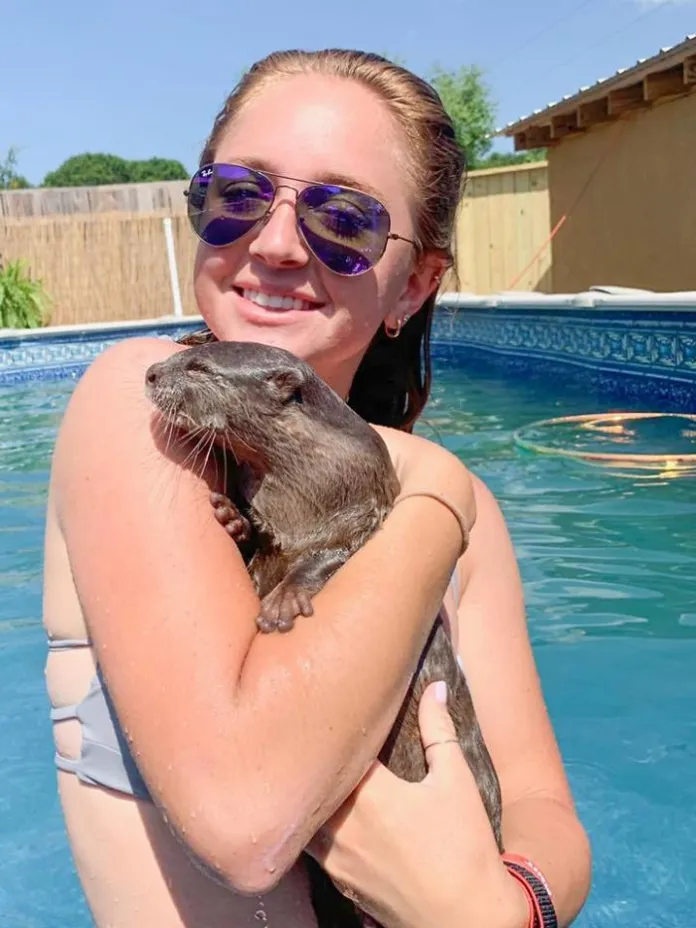
The swimming with otters part of the tour gives you time with the otters to change clothes, get oriented, and swim.
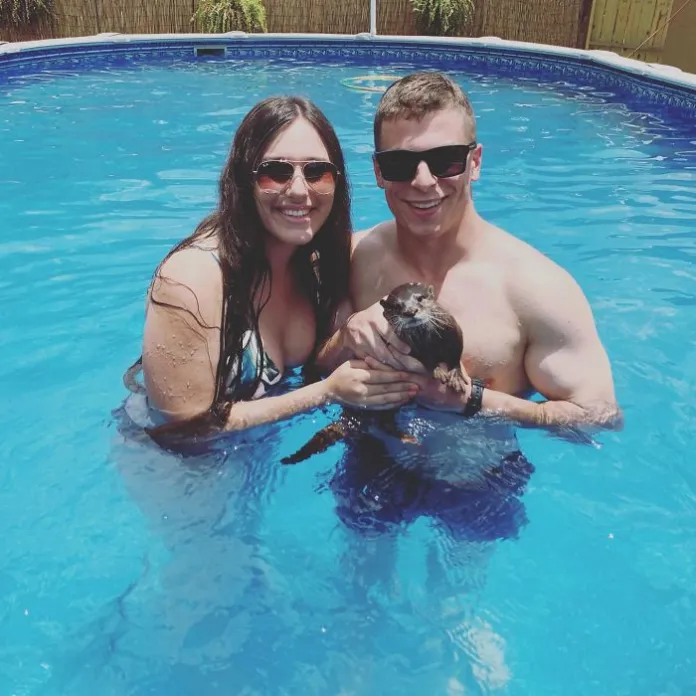
Otters swim in the pool for an average of 35 minutes if they have an hour to do it. When otters swim in small groups, it’s a great time for them.

But the park does a lot more than that. Ligon said, “We also take care of animals, like a large group of free-flying macaws.” “These macaws can live up to 80 years, and their intelligence is about the same as that of a human child. We help these birds learn to fly so they can spend the rest of their 80-year lives in the fields of Louisiana. We hope that seeing these birds flying together will inspire people to help protect their wild relatives, who are quickly losing land to human development. Some animals are given up by their owners, and others are planned purchases from places licenced by the Federal government.

“An Asian otter at the preserve wakes up to the smell of fish and prawns for breakfast every day. They swim in the morning, groom each other to dry off, nap in the middle of the day, chase bugs that fly into the show, and take more naps. Our otters on display have a big house behind the scenes where they can go when they don’t want to be around people.

“We offer free educational programmes to elementary school students, some of whom have never seen these animals in “real life,” ” said Ligon. “We participate in a Dream Day Foundation event that gives St. Jude patients and their families a fun-filled day without worrying about anything. Some of our staff, including myself, helped save spectacled flying foxes that had lost their parents because of the record weather in Cairns, Australia, the year before. While we were in Australia, we also gave the Tree Kangaroo Rescue and Conservation Centre a cheque we had raised money for because of their great work with tree kangaroos. The Barn Hill Preserve has also done a lot for the neighborhood.
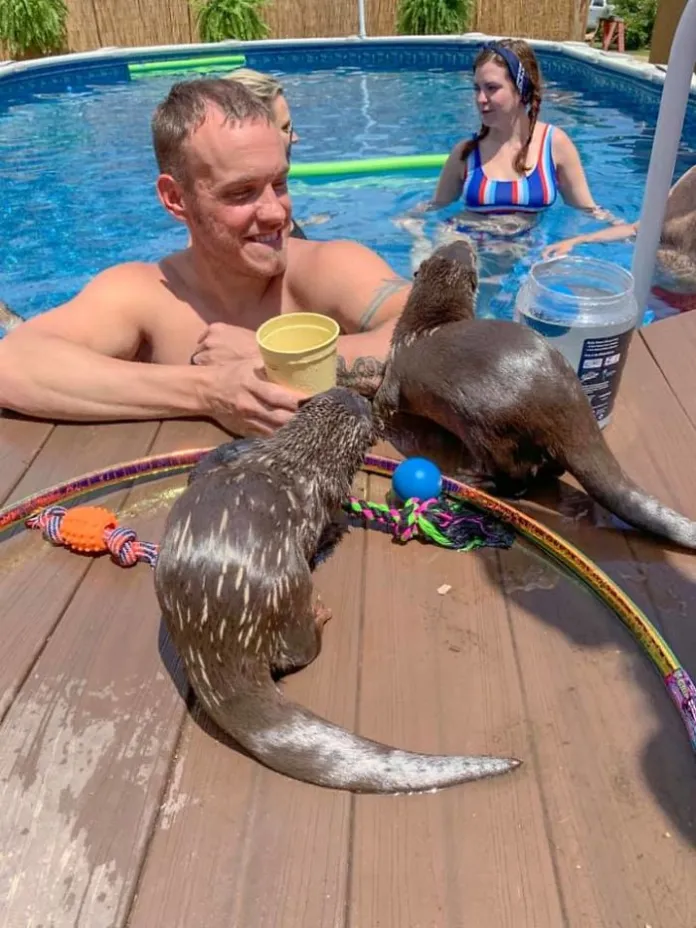
“The work we do here is very important to us. We ask people to get involved in what’s going on in their surroundings and the world around them so that wild places for animals will be around for future generations.
